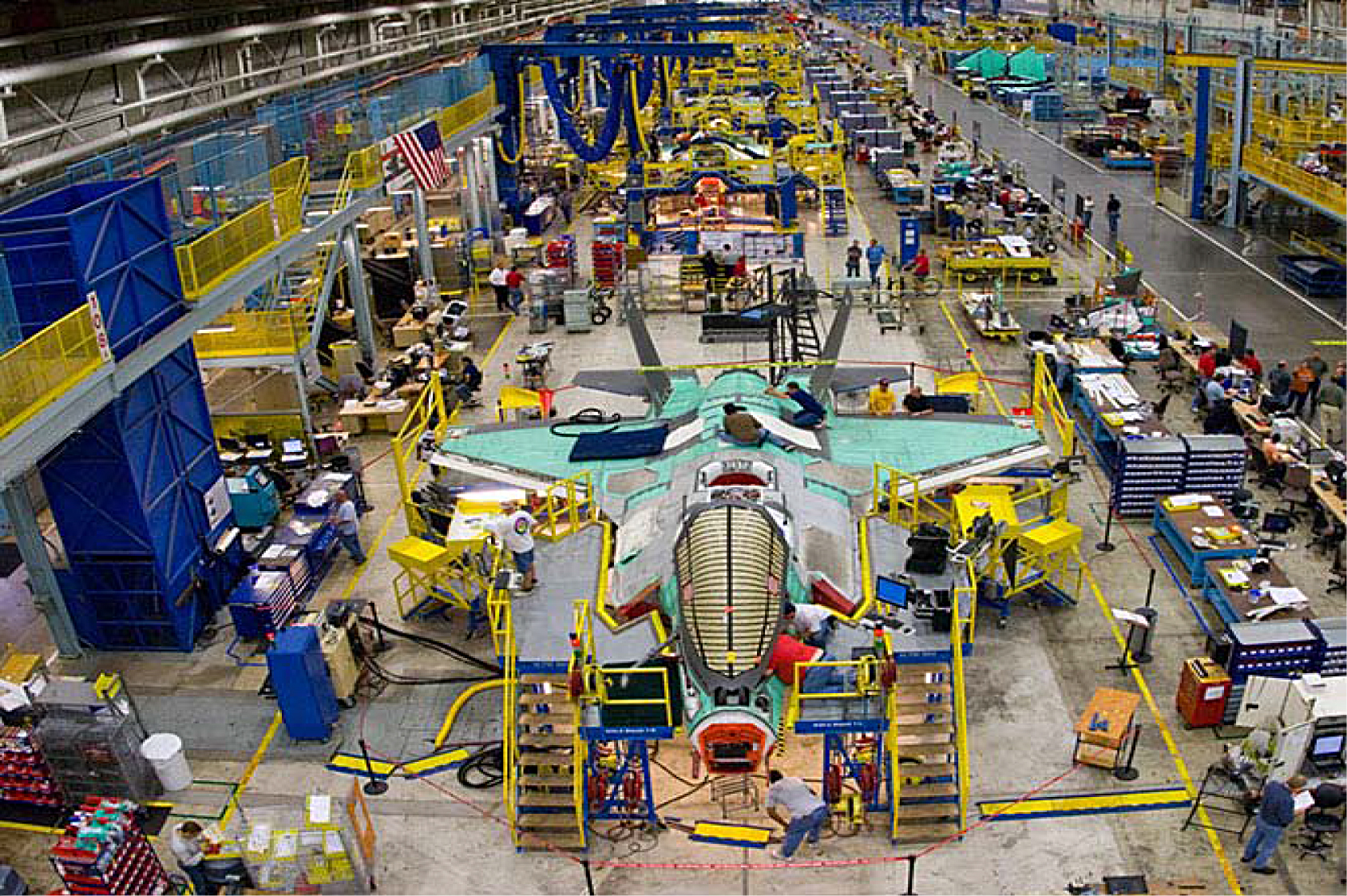 The government looks set to spend somewhere between $8 and $10 billion on F-35 Joint Strike Fighters, which would then constitute the bulk of the RAAF’s air-combat capability for decades to come. The aircraft has had a difficult upbringing, but there are a few myths about it that we think are worth dispelling.
The government looks set to spend somewhere between $8 and $10 billion on F-35 Joint Strike Fighters, which would then constitute the bulk of the RAAF’s air-combat capability for decades to come. The aircraft has had a difficult upbringing, but there are a few myths about it that we think are worth dispelling.
- Prices are still climbing.
Actually, no. The F-35 is never going to be the bargain price fifth-gen strike fighter beloved of glossy brochures in the early 2000s, but the price is now trending in the right direction. The last annual production batches have come in at lower prices than the US budget estimates. Of course there’s always potential for a cost-escalation while risks remain in the development program but, as shown in Friday’s post, that’d be a departure from the recent trend. Estimates of support costs are also coming down.
2. The F-35’s development continues to be a problem.
Well, this is partly true. There are certainly challenges remaining—software development and integration, and fixes for structural cracks in the US Marine Corp’s F-35B (which won’t directly affect Australia’s A-variant purchase), for example. But the overhaul of the program which began in 2010 produced a timetable that’s mostly holding—certainly far better than previous performance.
3. Professionals in the military are still concerned about the performance of the aircraft.
In talks with the USAF and RAAF, the noises we get about the performance of the F-35 are overwhelmingly positive. In the words of General Mark Welsh, Chief of Staff, US Air Force:
When a fifth generation fighter meets a fourth generation fighter—[the latter] dies. We can’t just dress up a fourth generation fighter as a fifth generation fighter; we need to get away from that conversation.
If anything, the problem is that enthusiasm from the services that will employ the F-35 is so strong that it’s difficult for them to hear the case for scenario-based planning which explores less capable acquisition options.
The picture we get is that after a shaky start and more than a little denial, the JSF program’s now starting to behave as promised. That said, the history isn’t great. Prices have risen sharply from the 2002 quote of US$40 million per aircraft flyaway (around US$55 million in 2019 dollars). That compares to the latest USAF budget figure of US$97 million, an increase of 76%. As we noted above, the actual price is likely to be a bit less than the budget figure and US$90 million is a reasonable estimate. And there are other costs; because the F-35 schedule has slipped, old aircraft need to be kept going until they can be replaced. But even so, the revised price is still within the AIR6000 budget, which seems to have contained a generous—but subsequently necessary—allowance for cost increases.
Similarly, schedules have blown out. But now it seems likely that the US Marines will be able to achieve Initial Operating Capability (IOC) with their F-35B short take-off vertical landing ‘jump jet’ variant sometime around the end of 2015. The F-35A conventional take-off and landing variant, which Australia is buying, should enter service with the US Air Force in the second half of 2016.
That gives Australia some margin of comfort for the RAAF’s own planned IOC of 2020, which would allow the phased retirement of the vintage Hornet fleet as planned. In fact, the first two Australian aircraft will be rolling off the production line in the States in the coming months, from where they’ll join the training fleet in the first instance.
There aren’t many credible alternatives. The only one would be for the government to decline an F-35 purchase, and go with a further purchase of Super Hornets, giving the RAAF a single-type fleet of strike fighters (augmented by Growler electronic warfare aircraft). That would provide some savings, at the cost of a lower overall capability than a mixed fleet including both F-35s and Super Hornets could offer. But new Super Hornets would have to be ordered now, as the production line is winding down, and spending an extra many billions of dollars out of the forward estimates period isn’t going to happen.
And there’d be other costs to backing-away from the JSF, not least the ripples it would cause in Washington—there’s alliance capital tied up in the F-35. On balance, and while past decisions might’ve been handled differently, we think the F-35’s now on a stable enough development footing that a decision to purchase the F-35 is both responsible and fits government priorities.
Our new report, out today, has more detail.
Disclosure: Lockheed Martin, the prime contractor on the F-35 program, and Boeing, manufacturer of the Super Hornet, are corporate sponsors of ASPI.
Andrew Davies is senior analyst for defence capability at ASPI and executive editor of The Strategist. Harry White is an analyst at ASPI. Image courtesy of US DoD Inspector General.

